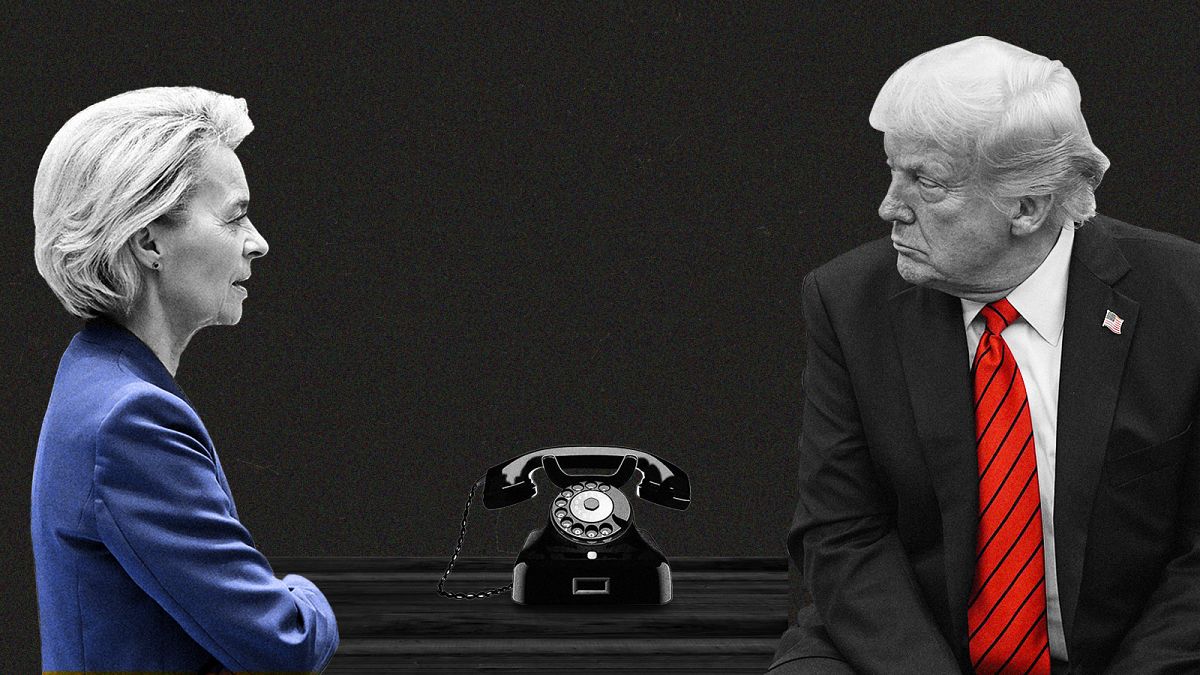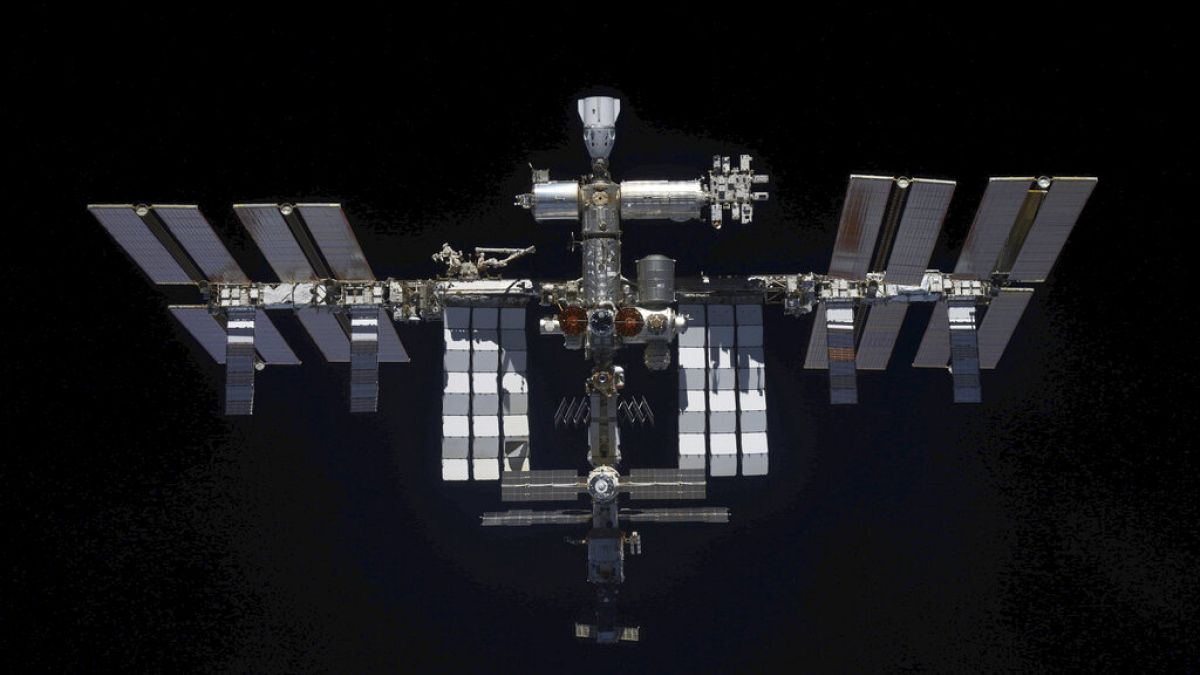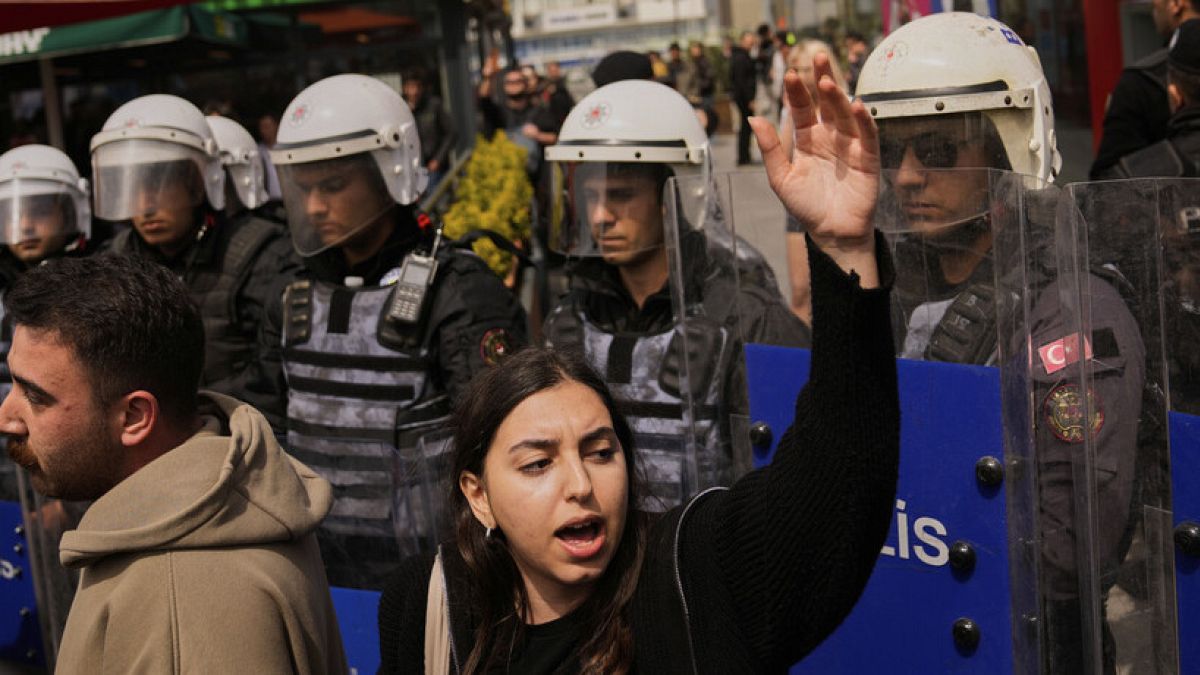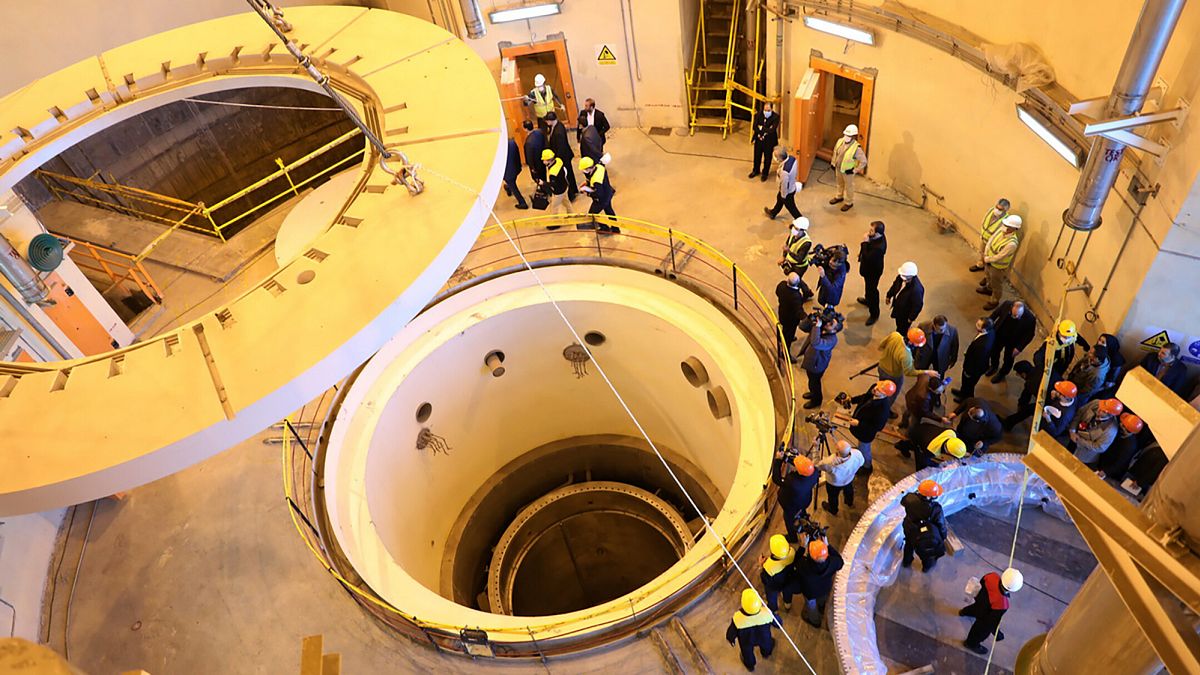Most EU countries still have a long way to go in achieving energy independence, but the bloc excels in cleanliness and efficiency.
The European Union has only recently begun its journey to become a more energy-autonomous bloc.
The reduction in gas imports from Russia — from 40% to 8% — following its full-scale invasion of Ukraine has largely been compensated by countries like the US and Norway, rather than domestic production, as re-elected EU Commission President Ursula von der Leyen aims to secure more liquefied natural gas from the US.
The EU's limited self-sufficiency is described as a "critical vulnerability" by the European Council on Foreign Relations, which gave the EU a 4.0 out of 10 score in its Energy Sovereignty Index on "energy independence".
Most member states scored below 5.0, with countries like Germany, Italy, Greece, Ireland, and Portugal nearing zero energy independence.
Norway and US top suppliers, Russia retains big share
The US is currently the EU's largest supplier of petroleum oils (17.1%) and liquefied natural gas (47.4%), while Norway remains the top provider of natural gas (46.6%).
Russia still accounts for 17.3% of natural gas and 17.7% of liquefied natural gas supplies, according to Eurostat.
EU thriving on clean energy transition efforts
The EU excels in clean energy, with an average score of 8.1, up from 7.3 last year.
Nordic and Baltic countries, along with Portugal, Croatia, and Austria, lead the way, while Poland, the Czech Republic, and Malta are the only countries scoring below 6.0.
Sweden and Denmark reported the highest scores, both achieving 10 out of 10.
Romania climbs to top spots in Energy Index general ranking
The European Council on Foreign Relations overall energy ranking also considers factors like energy efficiency and narrative, which reflects how effectively a country emphasises its efforts to transition away from fossil fuels.
Finland leads the ranking with an overall score of 8.8, followed by Estonia and Romania, both with scores of 8.2. The EU average stands at 6.6.
Romania, in particular, has laid out ambitious energy projects, including offshore gas drilling, wind turbines, expanding nuclear capacity, and increasing investments in renewables.
Malta, Belgium, Ireland, Bulgaria, and Lithuania — at the bottom of the chart — have been classified as 'laggards,' relying heavily on energy imports and facing significant challenges in making progress in other areas.

 4 months ago
36
4 months ago
36






 We deliver critical software at unparalleled value and speed to help your business thrive
We deliver critical software at unparalleled value and speed to help your business thrive






 English (US) ·
English (US) ·